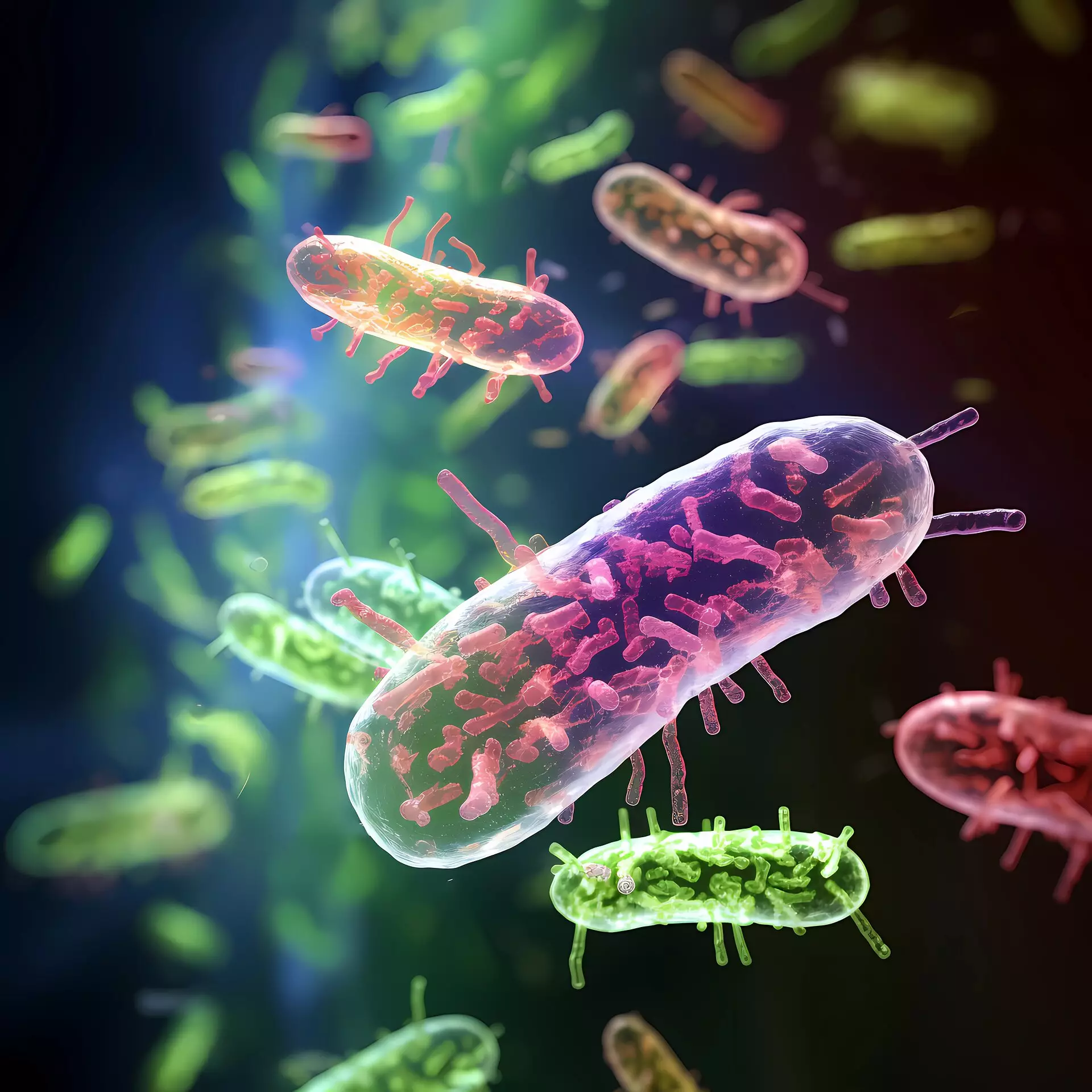In a groundbreaking study spearheaded by Professor Xu Ning from the University of Science and Technology of China (USTC), researchers have delved into the fascinating world of active matter, bringing to light its unexpected parallels with shear flow dynamics. Active matter, composed of particles that can self-propel by harnessing energy from their surroundings, has long piqued the interest of scientists due to its non-equilibrium nature. This study is pivotal not just for confirming existing theories but also for challenging the scientific community to rethink how we understand collective behavior in these complex systems.
The Dynamics of Collective Motion
At its core, the research reveals that the collective behaviors observed within active matter can mimic those found in sheared systems. This correlation is particularly compelling when one considers the diversity of behaviors exhibited by self-organized biological systems, such as flocks of birds or schools of fish. The findings suggest that despite differing mechanisms of energy input—active matter thrives on self-generated energy, while sheared systems rely on external forces—there is a significant overlap in how both systems respond to external stresses. This cross-disciplinary perspective not only enriches our comprehension of fluid dynamics but also reconnects disparate fields within physics, biology, and materials science.
Viscosity and Cluster Dynamics
The research team’s assertion that viscosity variations in active matter reflect similar trends observed in shear-stressed fluids warrants careful consideration. As active matter particles break down percolating clusters, the decrease in solution viscosity mirrors the way that shear stress impacts ordinary Newtonian fluids, albeit with unique consequences. While conventional fluids tend to maintain stable clusters in response to shear, the unpredictable nature of active force in active matter allows for the disruption of these stable formations, leading to a dramatic reduction in viscosity. This pivotal discovery opens new avenues for further exploration into how we might harness or manipulate active materials for technological advancements.
Implications for Biological Systems
Notably, the research also casts new light on phenomena such as the “superfluid”-like behavior seen in E. coli, showcasing the relevance of these findings to biological systems. The ability of active matter to undergo rapid viscosity changes not only enhances our understanding of microbial behavior but may also provide insights into the development of synthetic active materials that could mimic these effects. It’s an exciting leap that positions active matter research at the forefront of innovation in fields as varied as bioengineering, environmental science, and nanotechnology.
A call for a Paradigm Shift
The implications of these findings are far-reaching. By bridging traditional gaps between systems defined by their unique properties, Professor Ning’s research prompts us to reconsider the frameworks we use to understand complex and collective phenomena. It advocates for an interdisciplinary approach, inviting physicists, biologists, and material scientists to converge and collaborate. As we stand on the cusp of new discoveries in active matter, embracing this paradigm shift is not only prudent; it is essential for pioneering future explorations that could reshape our grasp of both natural and engineered systems. Such a collaborative spirit will undoubtedly drive the next wave of innovation, expanding the horizons of what is possible in the interplay of biology and physics.


Leave a Reply